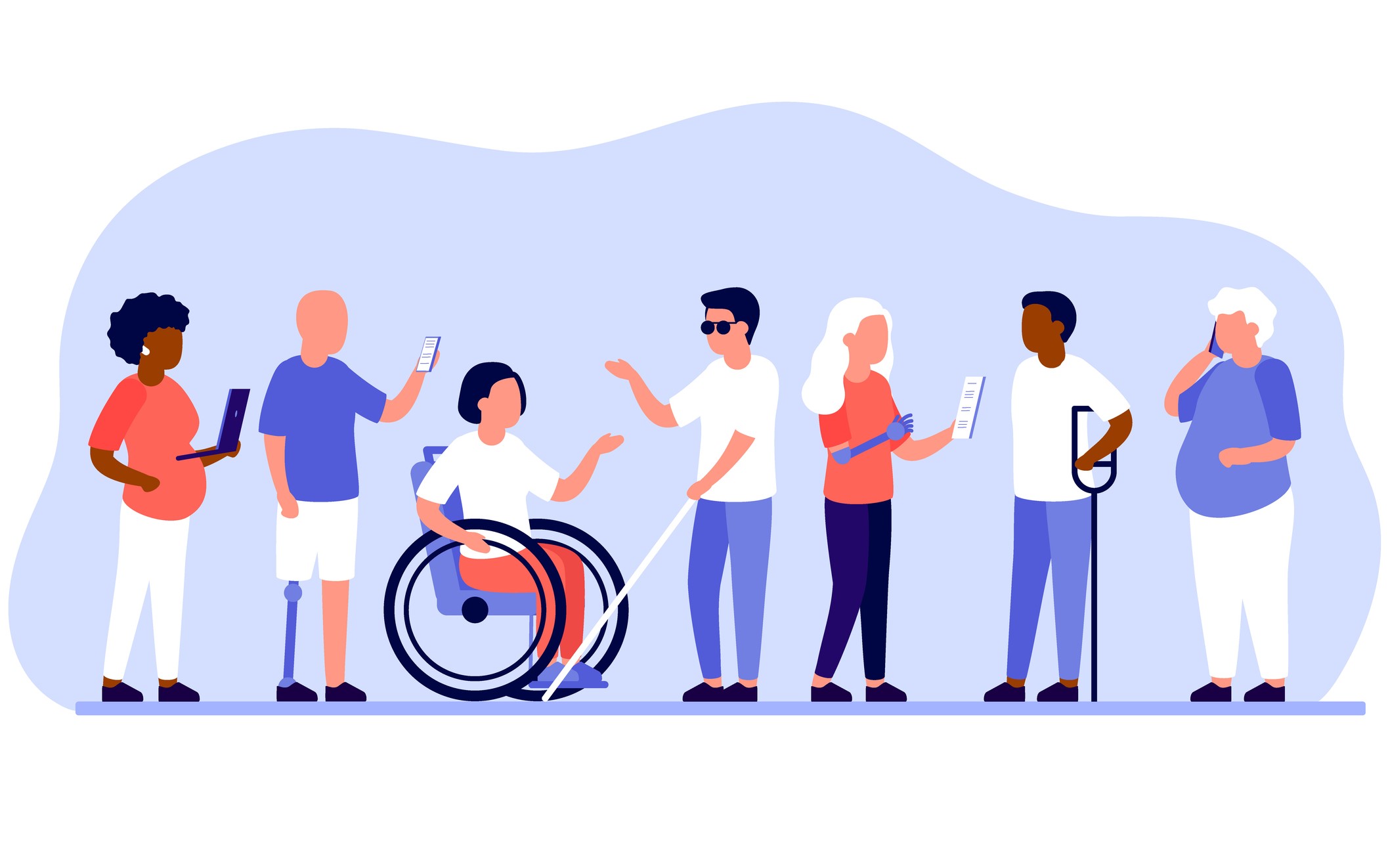Does your daily life revolve around the car? Or are you predominately a walker, biker or mass transit rider?
The answer can involve where you live, how much you make and many other interesting demographic factors.
The website CityLab did a statistical analysis of the commuting data from the Census Bureau’s American Community Survey and found many interesting facts. The data covered more than 270 metro areas.
CityLab’s thesis, based on research of various data, says how we commute is a significant aspect of the nation’s economic and political divide. The car has become a key feature within the trends that are developing.
For example, areas with more college graduates have less single-occupant commuters. Weather doesn’t have as significant an impact on commuting as you think as more people drive to work than use transit where the weather is warm.
Here are some the specific findings for commuting options.
Commuting time
The Census Bureau benchmarks all types of transportation in the US. It’s 2017 survey found the average commute increased 18 seconds per trip. On its own, 18 seconds is nothing. But add it up for the year, and it’s longer than a long movie.
Overall, Americans spend 26.9 minutes commuting per workday, up from 26.6 minutes.
Driving
About 75 percent of U.S. commuters drive to work by themselves. In many metro areas that number is about half or greater.
Those include New York metro area, San Francisco, Boston, Washington, D.C., Seattle, Portland and Chicago. However, when looking at college towns like Boulder, Colo., the number is much smaller.
Mass Transit
When it comes to commuter benefits, mass transit is important. Yet only five percent of U.S. commuters use mass transit for their commute in major cities. The area with the most usage is no surprise: New York City (data shows more than 30 percent).
There are only 6 other areas with more than 10 percent: San Francisco, Boston, D.C., Chicago, Seattle and Bridgeport-Stamford, Connecticut.
The same types of splits occur for walking and biking. Smaller, compact cities (typically with colleges), have larger than average shares of commuters who walk or bike.
And if you carpool, take note that the highest percentage of people were in San Jose, San Francisco, Seattle, San Antonio, Houston and Phoenix.
Commuter Benefits
Unfortunately, there is no clear answer on how to solve the problems associated with long commutes, but there are perks like commuter benefits that can help both employers and commuters.
One way to help both employers and employees with commuting costs is to have a commuter benefits program. Employees can save up to 40 percent in commuting costs if they use public transit, rideshares or pay to park.
The employees set aside the money tax-free in their paychecks. Employers can save up to 7.65 percent in payroll taxes. And administering commuter benefits require little additional paperwork or stress.
No matter where you live if you take mass transit or pay to park, you can reduce the cost by using commuter benefits.
Want to learn more? Download our 101 guide and see how commuter benefits work!







